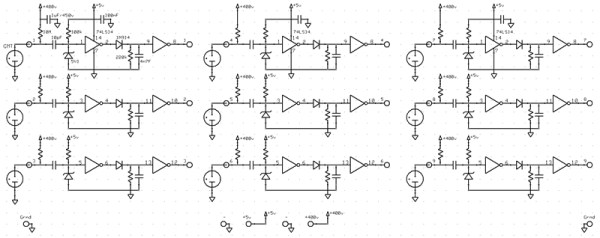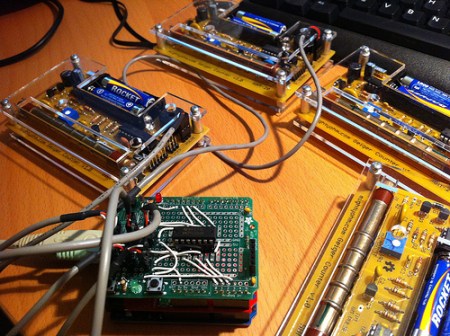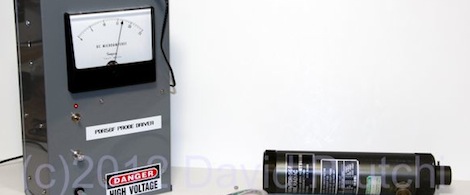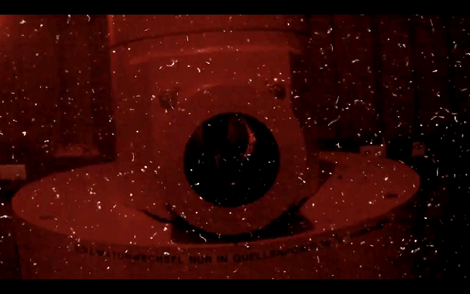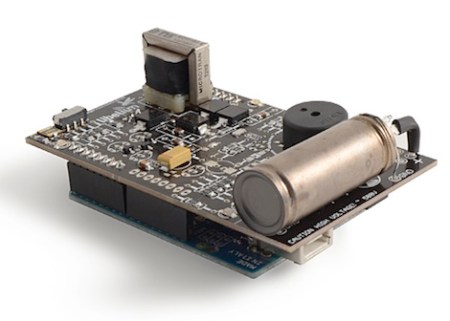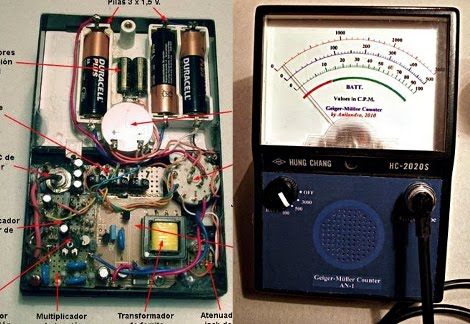[Thomas] took a Geiger counter he built on a plane. Why? Because he can, much to the chagrin of airport security.
[Thomas]’ Geiger counter is built around an old Russian SBT-10A detector containing ten separate Geiger tubes. This tube was connected to a circuit containing a LiPo battery, a few high-voltage components, and an audio jack connected to the tubes themselves. When alpha, beta, or gamma radiation hits one of the Geiger tubes, an enormous click is sent to the audio jack and into the microphone jack of a small netbook.
Right after boarding a plane in Dublin, [Thomas] booted up his computer, started recording in Audacity, plugged in his Geiger counter, and stored his experiment safely in the overhead compartment. After landing in Prague a few hours later, [Thomas] saved the 247 MB .WAV file and began working on a way to convert clicks in an audio track into usable data.
The audio output on the Geiger counter overloaded the mic input on his netbook, making ‘event detection’ very easy with a small C app. After plotting all the data (seen above), [Thomas] had a complete record of the radiation on his 2-hour flight.
Because there was far less atmosphere to absorb cosmic radiation, [Thomas]’ radiation dose was 9.1 microsieverts. Much more than at sea level, but nothing even air crews need to worry about.


